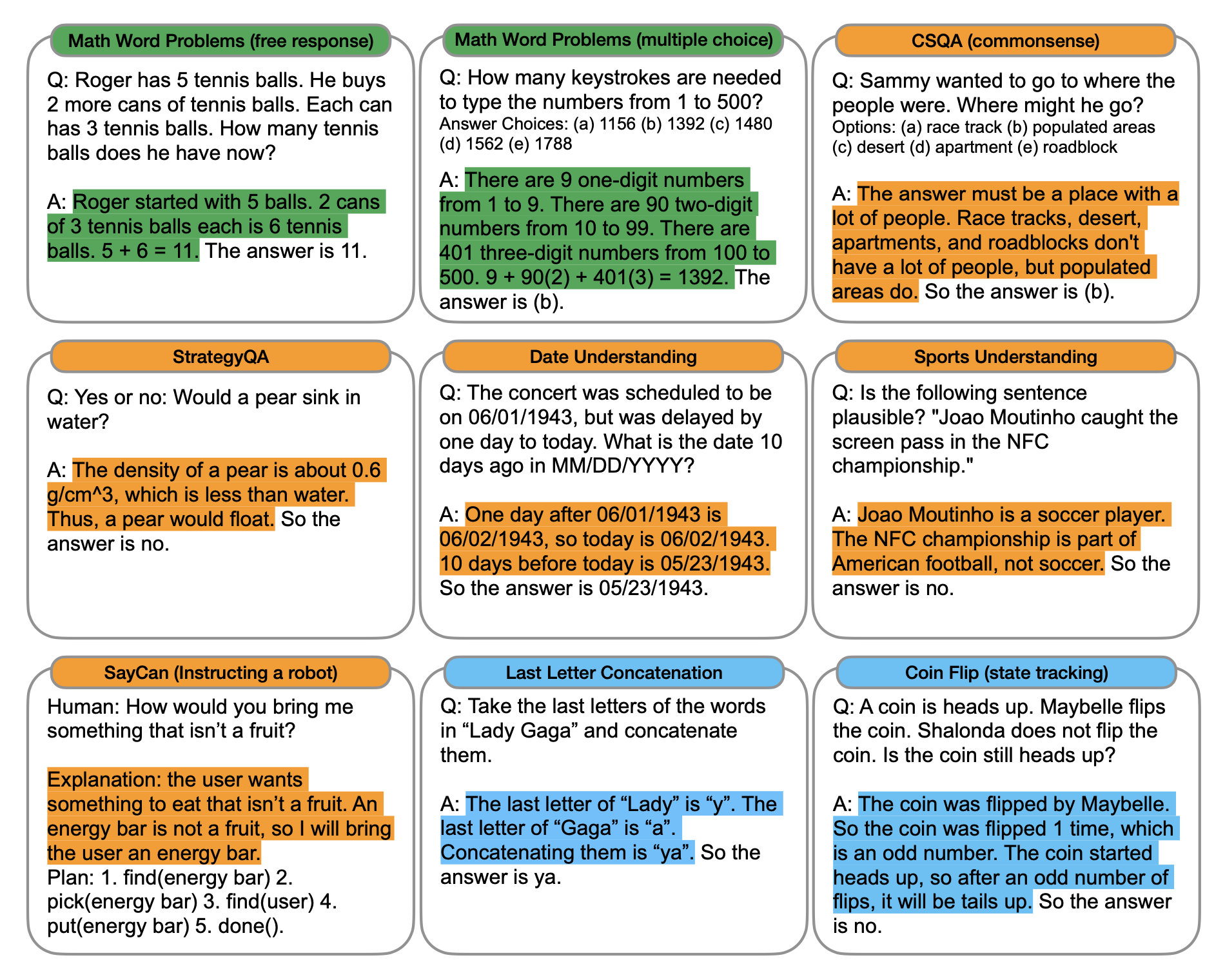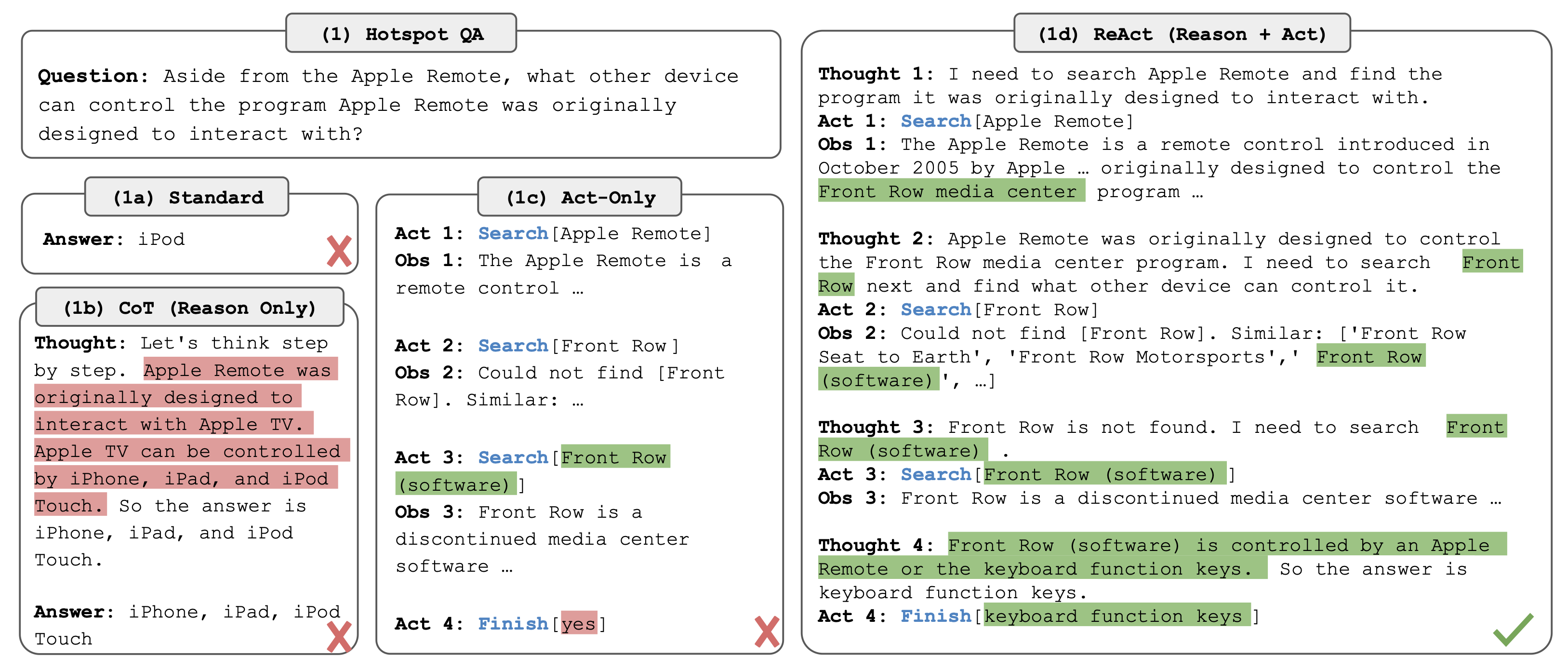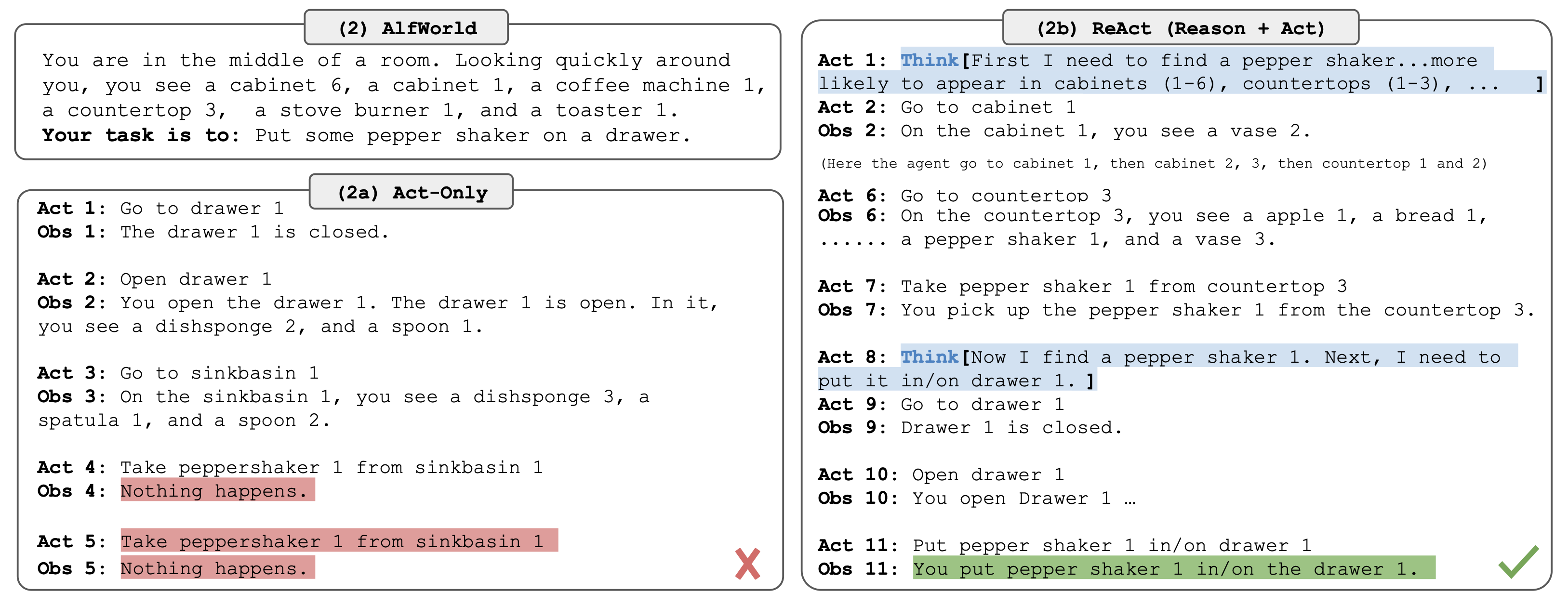Обратная техника включает в себя разработку эффективных запросов для моделей крупных языков (LLMS) для создания желаемых результатов. Это руководство имеет каталог моделей и методов для получения лучших результатов от LLMS.
Творчество и открытость для исследования действительно очень важны для этих инструментов. Творчество человека, которое выражает слова для подсказков, который решает, что входит в эту подсказку, что спрашивает, и какие инструкции даются, принципиально важны для эффективного использования этих инструментов. - Доктор Жюль Уайт, Университет Вандербильта.
За шаблоны быстрого приготовления - это инструкции, направляющие ответы ИИ для конкретных задач и определяются основными контекстными операторами , которые повышают точность и актуальность вывода из LLM.
В рамках классификации есть шесть категорий обратных шаблонов, определенных в каталоге быстрого шаблона для улучшения быстрого разработки с помощью CHATGPT.
Вернуться в TOC
Контекстуальные утверждения:
Примеры:
Act as Sherlock Holmes. Solve a mystery involving a stolen MacBook.
Act as a personal trainer. Design a beginner-friendly workout routine for weight loss.
Act as a Michelin-starred chef. Create a gourmet menu using locally-sourced ingredients.
Guide me through a meditation practice. Assume you are a soothing meditation coach.
Контекстуальные утверждения:
Примеры:
Explain the importance of eating vegetables to me. Assume that I am a skeptical child.
Explain the plot of the "Game of Thrones" series to me.
Assume that I am someone who has never watched a single episode.
Explain the process of photosynthesis.
Assume that I am a curious elementary school student.
Контекстуальные утверждения:
Примеры:
From now on, whenever you create a meal plan with various ingredients for each meal,
generate a Python script that will populate a shopping list with the ingredients.
The list should adjust quantities based on the number of servings specified.
From now on, whenever you generate a study schedule for my upcoming exams,
produce a series of Google Calendar events that correspond to each study session.
Each event should include the subject, study focus, and duration of the study session.
The artifact should be a Google Calendar event.
Whenever you generate a list of contacts from networking events I've attended,
create a Salesforce script that will update or add these contacts to my CRM.
Each entry should include the contact's name, company, and role.
The artifact should be a script compatible with Salesforce.
Контекстуальные утверждения:
Примеры:
Whenever we are discussing a data distribution or statistical information,
generate Python code using matplotlib or seaborn to create a corresponding plot.
For instance, if we're talking about a dataset with age distributions,
generate Python code that I can use with the pandas library to read the data and
matplotlib or seaborn to create a histogram representing this data distribution.
Whenever we are talking about certain weather patterns or climate data,
generate an input suitable for a data visualization tool like Tableau.
For instance, if we're discussing annual rainfall data for different regions,
generate a CSV that I can use in Tableau to create a visualization.
Whenever I discuss a complex mathematical function,
generate an input for the Desmos Graphing Calculator.
For example, if I mention the function 'y = sin(x)',
generate a corresponding input that can be directly used in Desmos to plot the function.
Контекстуальные утверждения:
Примеры:
I want to become a professional photographer.
I know that I need to buy a camera and start selling my photos.
Provide a complete sequence of steps for me. Fill in any missing steps.
- Research different types of cameras
- Buy a camera
- Practice photography regularly
- Create a portfolio
I would like to drive to San Diego from San Francisco.
I know that I want to go through Big Sur and stay close to the coast as much as possible.
Provide a complete itinerary.
Контекстуальные утверждения:
Примеры:
Generate a one-day travel itinerary for New York City.
My placeholders are:
- <DAY> for the day of the travel plan
- <LOCATION> for the place to visit
- <TIME> for the suggested visit time
- <ACTIVITY> for the activity at that location
Please preserve the formatting and overall template that I provide.
Template: Travel Itinerary: <DAY> - Visit <LOCATION> at <TIME> for <ACTIVITY>.
I am going to give you a template for your output. CAPITALIZED WORDS are my placeholders.
Fill in my placeholders with your output. Preserve the overall formatting of my template.
My template is:
## Bio: <NAME>
**Executive Summary**: <ONE SENTENCE SUMMARY>
**Full Description**: <ONE PARAGRAPH SUMMARY>
Extract information about the people involved in the following text: [PASTE TEXT].
Контекстуальные утверждения:
Примеры:
At the end of your output, add the disclaimer:
"The responses this model generates should not be viewed as entirely accurate or reliable."
Following a summary of a recent sports match, reiterate the final score and the key players.
Ask me if I want details of the next game.
When finishing a recipe, repeat the main ingredients and cooking time.
Ask me if I want to know about a suitable dessert.
Вернуться в TOC
Контекстуальные утверждения:
Примеры:
When I say "3P12NS", I mean generate 3 random passwords of 12 characters in length,
including numbers and symbols.
2P16N
When I say "tl;dr", I mean "your response was too long, make it shorter".
When I say "review", I mean give a detailed assessment of the product,
covering its key elements, strengths, weaknesses, and your overall recommendation.
Контекстуальные утверждения:
Примеры:
Whenever I type: "feat", you will generate a new feature summary.
Whenever I type: "fix", you will create a patch.
Whenever I type: "test", you will add missing tests.
Whenever I type: "write <food> <paragraph>", write a paragraph of content for <food>.
Whenever I type "write <food> <facts>", generate a list of facts for <food>.
At the end, ask me for the next action. Start now.
Вернуться в TOC
Контекстуальные утверждения:
Примеры:
Whenever I ask a legal question, suggest a better version of the question.
Whenever I ask a question about weight loss, suggest a better version of the question.
Your question will focus on sustainable practices like a balanced diet and exercise.
Ask me for the first question to refine.
Whenever I ask a question about the best programming language to learn,
suggest a better version of the question that considers the context like domain of interest.
Ask me if I would like to use it instead.
Контекстуальные утверждения:
Примеры:
For every task I give you, list the best alternate approaches with their pros and cons.
Include the original way that I asked and prompt me on which approach I would like to use.
Whenever I ask for travel recommendations, determine the type of traveler I am.
List at least one alternative approach for my travel itinerary.
Consider a different type of traveler and compare this approach with the original approach.
When I ask you for cooking recipes, consider the ingredients and type of cuisine.
Propose alternative recipes that can be made with the same ingredients or suggest variations.
Compare their tastes, cooking methods, and nutritional values.
Контекстуальные утверждения:
Примеры:
If I ask you to evaluate my symptoms,
generate additional questions to understand the potential causes.
Combine my answers to try to identify causes and suggest treatments.
When I ask about the impact of climate change on agriculture,
generate three more questions to clarify aspects of the changes I ask about.
Once these are answered, integrate the information in a response to the initial query.
When I ask you about the implications of artificial intelligence on job markets,
pose extra questions to determine my concerns.
Provide an answer that encompasses the various aspects you ask me about.
Контекстуальные утверждения:
Примеры:
If I ask you about personal data of a public figure,
and you can't answer due to privacy concerns,
provide an explanation and suggest alternative queries that respect privacy rules,
but could provide me with public information about that person.
Whenever I ask for medical advice and you are unable to provide it due to any constraints,
explain the reason and suggest alternate questions.
Lead me to general information about the topic in question without giving direct advice.
If I ask for potentially harmful information and you refuse to answer,
explain the rationale for your refusal and guide me towards legally acceptable questions.
Include the scientific principles involved or the laws governing such activities.
Вернуться в TOC
Контекстуальные утверждения:
Примеры:
You will generate two bullet points for each topic I provide.
For each bullet point you generate, ask me which option I prefer.
I am going to paste emails into our conversation.
You will summarize what each person's points are.
List any questions or action items directed at me.
Контекстуальные утверждения:
Примеры:
I want to improve my knowledge of world geography.
Ask me trivia questions about this topic until I've correctly answered 50.
Begin with the first question.
I would like you to ask me questions to improve my German language skills.
Ask questions until I make less than three mistakes in a row. Ask me the first question.
I would like you to ask me questions to test my knowledge of the Solar System.
You should ask questions until I answer all of them correctly.
Контекстуальные утверждения:
Примеры:
We are going to play a language-learning game.
The rules are:
- I am a tourist visiting various countries.
- Each time you will tell me three phrases in the local language.
- I will try to guess the language and the meaning of the phrases.
- For every correct guess, I get one point.
Start with the first country.
We are going to play a "global herd" game.
The rules are simple:
- You ask me a question related to global customs, practices, or traditions.
- My task is to guess what I think is the most common answer around the world.
- For each correct guess that matches your researched answers, I get a point.
Start with the first question.
Контекстуальные утверждения:
Примеры:
Keep generating cooking recipes using the ingredients I provide until I say "I'm full".
For each recipe, I'll give you a list of ingredients.
Make sure to include all of them in the recipe.
Keep generating short story plots based on a genre I specify until I tell you "THE END".
I will specify a genre and you should fit the plot within the confines of that genre.
Generate creative business ideas centered around a given industry until I command "STOP".
For each idea, I will provide an industry and a few key aspects that should be incorporated.
Вернуться в TOC
Контекстуальные утверждения:
Примеры:
When discussing the plot of the novel, please consider only the main storyline.
Ignore any subplots or minor characters.
In our discussion about climate change, only consider scientific facts and studies.
Please ignore any political debates or opinions.
For our discussion about AI, only consider its applications in healthcare.
Please ignore its applications in other industries such as finance or entertainment.
Let's start over with this new context.
Контекстуальные утверждения:
Примеры:
Filter this news feed to remove any mention of "politics".
Filter these emails to include only financial information.
Filter this text to remove any personally identifying information.
Вернуться в TOC
Контекстуальные утверждения:
Примеры:
After you generate a news article summary, compile a list of the key facts.
Insert this fact list at the end of the summary.
Include the main points that would affect the overall understanding of the news story.
Whenever you provide a historical overview, create a list to include:
- major events
- dates
- figures
- facts that, if wrong, could lead to a misunderstanding of the historical context
This list should be inserted at the start of the overview.
When offering medical advice, list all the key facts related to the advice.
Insert this list in the middle of your response.
This list should be comprised of facts that could misguide a user if they were incorrect.
Контекстуальные утверждения:
Примеры:
When you analyze the trend of a stock and make a prediction about its future performance,
please explain the factors you consider and the data sources you draw from.
Point out any potential uncertainties or risks in your prediction.
When you interpret the symbolism in a piece of literature,
provide a clear explanation of your thought process.
Please enumerate the contextual clues and literary conventions you used.
Acknowledge any alternative interpretations that could be plausible.
When you provide potential diagnoses based on presented symptoms, explain your reasoning.
Describe the following:
- medical knowledge you're using
- correlations you're making between symptoms and diseases
- any assumptions you're making
Note the potential limitations of your assessment.
Подсказки методов и стратегий помогают направлять LLMS и, как правило, повысить производительность выхода.
Вернуться в TOC
N-Shot-подсказка охватывает различные методы взаимодействия с LLMS, основанные на предоставлении N примеров перед запросом. Цель состоит в том, чтобы направлять ответы модели, с эффективностью, варьирующейся в зависимости от размера модели, данных обучения и сложности задач. Это включает в себя:
Примеры:
Question: "What is the capital of the United States?"
Answer: "The capital of the United States is Washington D.C."
Question: "What is the capital of France?"
Answer:
Beginning: "Once upon a time, in a kingdom far away, there was a brave knight named Arthur."
Ending: "After many battles, Arthur defeated the dragon and saved the kingdom."
Beginning: "In the dense forests of the north, a cunning fox named Ray lived."
Ending: "Using his wit, Ray outsmarted the wolf and proved that brains could win over brawn."
Beginning: "In the heart of bustling New York, lived a timid pigeon named Pete."
Ending:
Цепочка подсказки мысли - это метод, в котором подсказка направляет LLM через линию рассуждений, как разговор. Это включает в себя ряд связанных вопросов, которые приводят к основной задаче. Этот метод дает модели время «мыслить».
Примеры:

См. Рисунок 3: Подсказка для цепочки мыслей вызывает рассуждения в моделях крупных языков
React объединяет рассуждения и действия, чтобы улучшить то, как LLM думают и принимают решения. Этот метод помогает LLMS в лучших планах и понимать сложные ситуации. Это также позволяет LLMS использовать информацию из внешних источников. React делает лучше, чем другие методы на многих тестах.
Примеры:


См. Рисунок 1: React: синергирование рассуждений и действия в языковых моделях.
Course :Paper : Каталог быстрого узора для улучшения быстрого разработки с помощью CHATGPTExamples : Chatgpt-4Вернуться в TOC